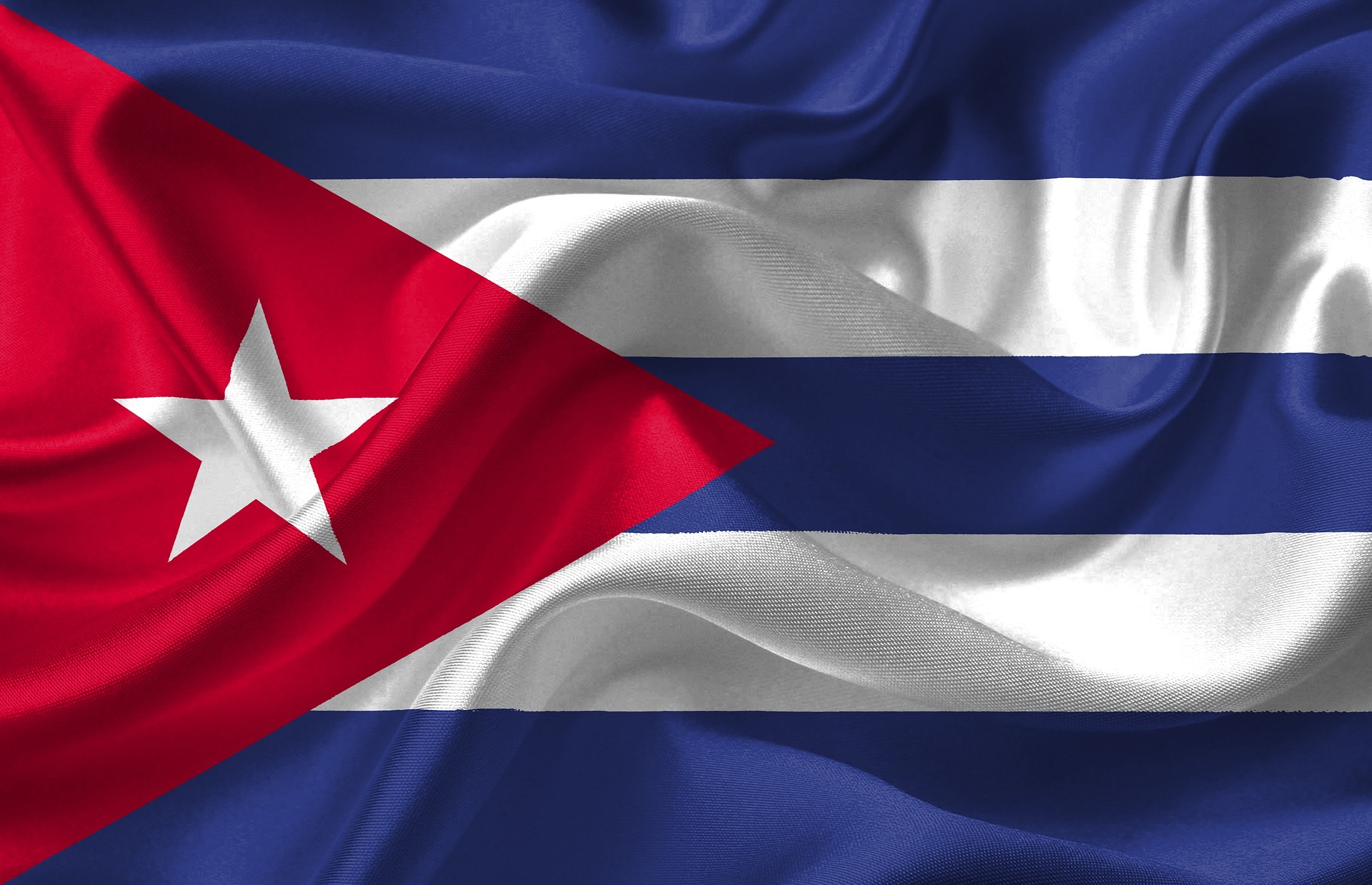We kick off the start of a brand-new week with very good news for Cuban nationals.
The U.S. Citizenship and Immigration Services (USCIS) recently announced that it will be resuming operations under the Cuban Family Reunification Parole program also known as CFRP starting with pending CFRP applications.
CFRP processing was suspended due to the significant decrease in U.S. government personnel at the U.S. Embassy Havana in 2017 and the closure of the USCIS field office in Havana in 2018.
What is the Cuban Family Reunification Parole?
Cuban Family Reunification Parole is a program that was created in 2007 to allow certain eligible U.S. citizens and lawful permanent residents (LPRs) to apply for parole for their family members in Cuba. If granted parole, family members can come to the United States without waiting for their immigrant visas to become available. Once in the United States, CFRP Program beneficiaries may apply for work authorization while they wait to apply for lawful permanent resident status.
Who is eligible?
You may be eligible to apply for parole for your relatives in Cuba under the CFRP program if:
- You are either a U.S. citizen or LPR;
- You have an approved Form I-130, Petition for Alien Relative, for a Cuban family member;
- An immigrant visa is not yet available for your relative; and
- You received an invitation from the Department of State’s National Visa Center (NVC) to participate in the CFRP Program.
To be eligible, the principal beneficiary must:
- Be a Cuban national living in Cuba; and
- Have a petitioner who has been invited to participate in the CFRP Program.
You cannot apply for CFRP until you are invited to do so by the National Visa Center. Additionally, you cannot self-petition for the program.
Can I bring my immediate relative to the U.S. on the CFRP program?
No. Immediate relatives of U.S. citizens are not eligible for CFRP, because they can apply for immigrant visas once their Form I-130 is approved. Immediate relatives are spouses, unmarried children under 21 years old, and parents over 21 years old.
How do I know if I can apply for CFRP?
Only those with pending CFRP applications are being invited for an interview at this time. USCIS has said that is has started to mail interview notices to CFRP program petitioners with instructions for the beneficiary to be interviewed. Beginning August 18, USCIS began conducting interviews at the U.S. Embassy in Havana. Beneficiaries should not take any steps to prepare for an interview until their petitioner receives an interview notice.
USCIS has also been issuing general information (PDF, 211.93 KB) about the resumption of the program to petitioners with pending CFRP program applications.
When does the next round of invitations begin?
USCIS has not yet disclosed when it will begin sending out new invitation letters for the program. Petitioners and beneficiaries should keep a close watch on the USCIS website where public announcements will be made when the next round of CFRP program notices are issued to petitioners.
A petitioner who previously filed a CFRP program application that is still pending should not file another application. Petitioners with pending CFRP program applications should make sure USCIS and the Department of State’s National Visa Center have their current mailing address on file. Petitioners who have moved can file a change of address with USCIS online, and can submit a change of address with the National Visa Center through its Public Inquiry online form.
Contact Us. If you would like to schedule a consultation, please text 619-483-4549 or call 619-819-9204.
Helpful Links
- USCIS Resumes Cuban Family Reunification Parole Program Operations
- Cuban Family Reunification Parole program (CFRP)
- Cuban Family Reunification Parole program (CFRP) U.S. Embassy Havana Information
- U.S. Embassy Havana
- USCIS Change of Address
- NVC Public Inquiry Form
- September Visa Bulletin
- Success stories
- Youtube channel
- ImmigrationU
JOIN OUR NEW FACEBOOK GROUP
Need more immigration updates? We have created a new facebook group to address the impact of the new executive order and other changing developments related to COVID-19. Follow us there.
For other COVID 19 related immigration updates please visit our Immigration and COVID-19 Resource Center here.
 Visa Lawyer Blog
Visa Lawyer Blog


